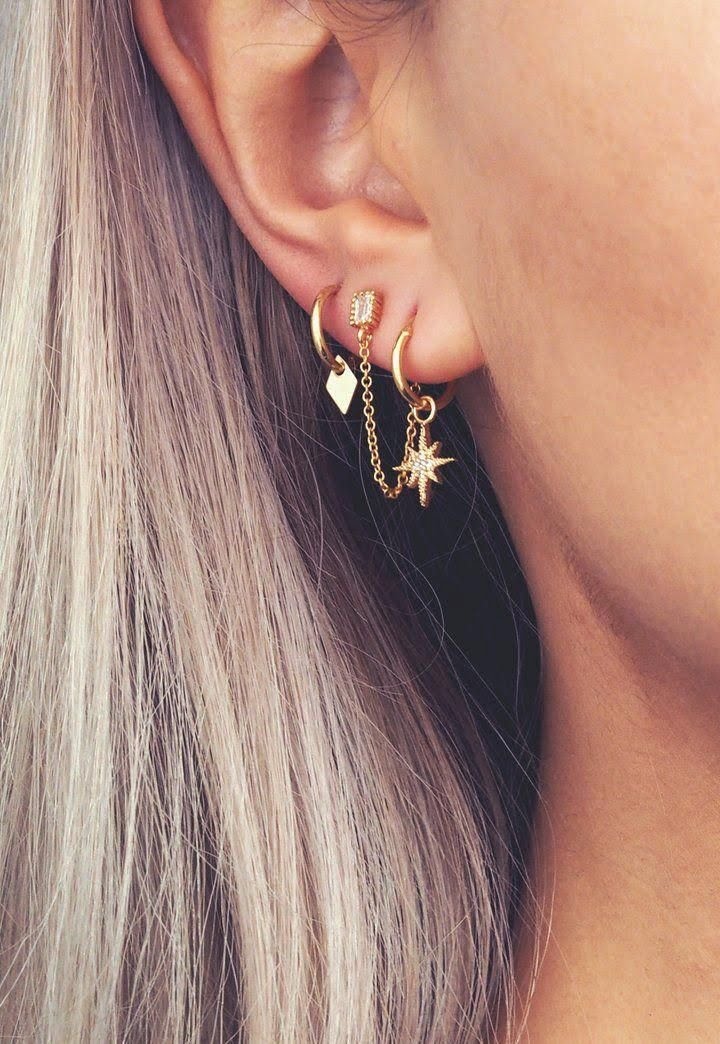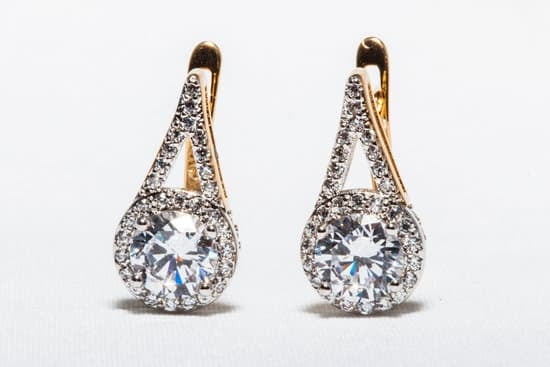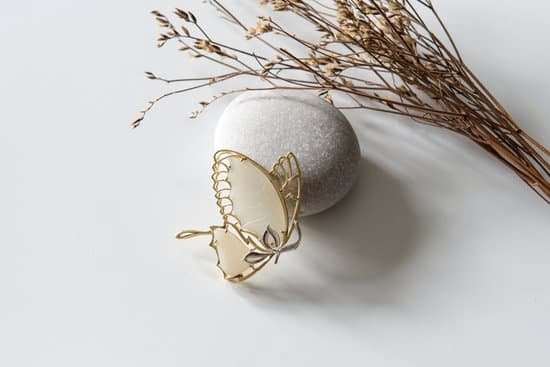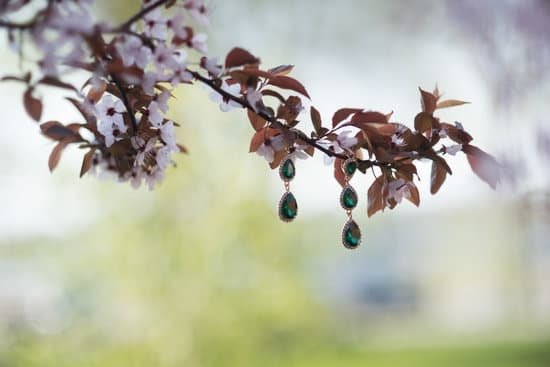Introduction
Alcohol is a liquid comprised of molecules with a hydrogen and oxygen atom and usually a carbon backbone. It can have varying effects depending on the type of alcohol, such as ethanol in beer or whiskey, or methanol in some paints and solvents. Jewelry is an item that has been crafted from precious metals or gems and that is typically worn for decorative purposes. Jewelry can range from necklaces, rings, bracelets, to earrings and other body jewelry. In this article we will answer the question: Can you put jewelry in alcohol?
How Jewelry Can Benefit from Cleaning with Alcohol
Cleaning jewelry with alcohol can be a great way to keep your pieces sparkling and free of dirt. Alcohol is an excellent disinfectant, meaning it will kill any bacteria or germs living on the surface of your jewelry. This is especially important for pieces that are worn daily, as dirt and oils from skin can accumulate over time. Additionally, alcohol has antiseptic properties which can extend to your jewelry, killing any mold spores that could develop from exposure to air and moisture. Jewelry made from fragile material can benefit from a rinse in alcohol solution, as it’s less harsh than some abrasive store-bought cleaning solutions that can scratch or damage more delicate materials such as gold and silver. Cleaning with alcohol also takes care of the buildup of dust and sweat that is often trapped in settings like prongs on rings or around gemstones. By wiping down your jewelry with a jeweller’s cloth dampened with 99% isopropyl alcohol or vodka, you can effectively remove this buildup without causing any structural damage to the piece. But remember: always use caution when cleaning jewelry with alcohol lest you weaken precious stones and metals—it’s best to consult a jeweler before using any kind of harsh chemical on expensive pieces.
Popular Types of Alcohol Used for Jewelry Preservation
Cleaning and preserving jewelry using alcohol can be an effective solution for retaining its shine and sparkle. Depending on the desired effect, several types of alcohol are available for use in jewelry preservation. Isopropyl alcohol, more commonly known as rubbing alcohol, offers a quick cleaning solution for silver and gold jewelry. The rubbing motion can help to remove dirt and skin oils from the jewelry without leaving any residue behind. White Spirits is a great solution for vintage pieces since it easily removes tarnish caused by oxidation. Denatured Alcohol is also another popular choice; it has the same benefits as rubbing alcohol but works even better at removing stubborn tarnish from metallic surfaces. It’s also a good idea to use waterproofing oil after treating your jewelry with any type of alcohol-based cleaner in order to keep dirt and moisture away.
Detailed Steps for Cleaning Jewelry with Alcohol
Materials Needed:
Fill a small bowl or container with isopropyl alcohol (at least 91%)
Soft bristled toothbrush
Pieces of cloth, cotton swabs and/or paper towels
Bowl/container of water
Optional material: Ultra-sonic jewellery cleaner
Instructions:
1. Place the jewelry in the container filled with isopropyl alcohol and completely submerge it, if possible. If this is not possible, use a soft-bristled toothbrush to rub the alcohol over the entire surface.
2. Let the jewelry soak for around 5 minutes in the isopropyl alcohol. If dirt persists, scrub gently but firmly with a toothbrush before continuing.
3. Rinse off the jewelry by placing it in a bowl/container of clean water. You can also use a piece of cloth, cotton swab or paper towel to fully clean off any residual dirt left on the jewelry items.
4. Dry off your jewelry item thoroughly using another piece of cloth, cotton swab or paper towel before wearing it again. For sparkling shine and more thorough cleaning you may choose to use an ultra-sonic jewellery cleaner after step 3 instead of rinsing and drying manually .
Considerations for Safely Using Alcohol for Jewelry Cleaning
It is not recommended to put jewelry in alcohol, as this could cause damage to the materials or porous gems used in the crafting of the jewelry. Alcohol is a very powerful cleaning agent and can easily strip away surface oils and tarnish while also damaging gemstones that are not treated. If you choose to use alcohol, be sure to use a low-proof form such as a rubbing alcohol diluted with water. Also, always test an inconspicuous area of the jewelry first. Additionally, it is important to keep track of any jewelry that might contain pearls which are vulnerable to detergents or alcohols. When it comes to cleaning metals such as silver or gold, taking them to a professional jeweler should be your first option for best results.
Potential Risks when Cleaning Jewelry with Alcohol
Using alcohol to clean jewelry can be a risky proposition. It can strip the finish off of a piece, rub away its luster, or cause discoloration. Alcohol also has the potential to warp metals, loosen stones and erode enamel finishes. If you choose to use alcohol, make sure it is at least 95% pure (rubbing alcohol). When cleaning with alcohol, it is important to submerge and soak the jewelry in the solution for no more than 30-60 seconds to ensure the integrity of all components. Non-alcoholic solutions like mild detergents are more suited for cleaning jewelry items like pearls, opals and shells as these materials absorb liquids and can be easily damaged by harsh chemicals.
Alternative Jewelry Preservation Methods
Yes, you can put jewelry in alcohol to preserve it. Alcohol prevents oxidation and helps stop tarnishing. It’s best to use an alcohol with at least 95% purity such as isopropyl or rubbing alcohol, which can be purchased at most stores. When using this method, simply drop the jewelry into the container of alcohol and give it a few minutes to soak.
Other alternative methods for jewelry preservation include storing pieces in an airtight plastic bag or sealed container filled with desiccant packets as this will help prevent them from tarnishing. You may also choose to leave your jewelry out on display but make sure that they aren’t exposed to any direct sunlight. Additionally, if you plan on storing pieces for longer periods of time, consider keeping them wrapped in acid-free paper or a special fabric pouch for added protection. Lastly, try giving all your jewelry regular cleanings to remove any dirt and oils that could lead to corrosion or discoloration over time.
Conclusion
It is not advisable to put jewelry in alcohol because the pieces may end up being permanently damaged by the substance. Alcohol can corrode certain metals, discolor jewels and cause plastic to change shape or color. Furthermore, if the alcohol is of a lower grade, it can leave murky stains on different parts of the jewelry which may be difficult to remove. There are other better options for preserving jewelry such as storing it away from air, humidity and light. Using an anti-tarnish cloth or bag might be better for longer term preservation of jewelry pieces without any risk of damaging them. Finally, regularly cleaning and sharpening of jewelry will help keep them looking like new over time. Ultimately, the best choice for preserving precious metals and jewels would involve avoiding chemical solutions altogether and sticking with physical means of protection such as keeping them clean and stored away from extreme temperatures and atmospheric conditions.

Welcome to my jewelry blog! My name is Sarah and I am the owner of this blog.
I love making jewelry and sharing my creations with others.
So whether you’re someone who loves wearing jewelry yourself or simply enjoys learning about it, be sure to check out my blog for insightful posts on everything related to this exciting topic!





